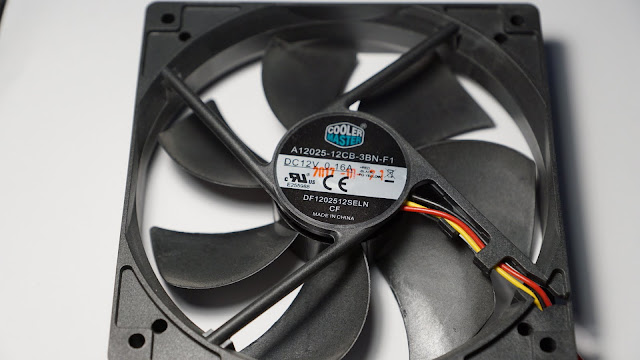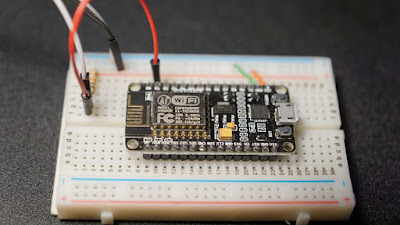Powershell - Collecting and Reporting on SQL Instances
Generate a list of every SQL Instance on your Servers To be successful as a Systems Administrator, you need to be able to collect information about your environment. This little guide will show you a simple and effective way to collect and report on every SQL Instance that is installed on a server in your domain. Overview I like to write functions and automated collection scripts, so I can have up to date reports. Sometimes it makes more sense to take someone else's code if for no reason other than saving time and effort. I have been using Boe Prox's useful Get-SQLInstance for several years and thought I would share how I use it. Get-SQLInstance supports SQL versions 2000 - 2016. Prereqs You need an account with Administrative permissions on every server you want to run the script against The account must have the ability to query AD for server names Download Get-SQLInstance from https://gallery.technet.microsoft.com/scriptcenter/Get-SQLInstance-9a3245a0...






